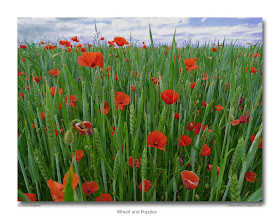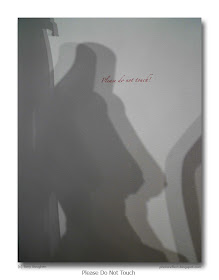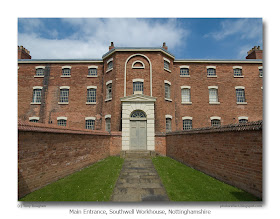click photo to enlarge
I grew up in the Yorkshire Dales, an area of upland Carboniferous Limestone. Around the small market town where I lived the geological phenomena known as the Craven Faults produced a fractured landscape that, in places, marked the separation of the light grey rock from darker Millstone Grit. The limestone quarry at Giggleswick was in full production, its crushed stone being taken by overhead buckets to wagons at the nearest railway station. Bigger quarries still could be seen up the Ribble Valley near Horton-in-Ribblesdale. However, I discovered as a boy that wherever I walked, whether it was on limestone or Millstone Grit, there were old, small quarries dotted about the landscape where people had cut and broken stone from the plentiful outcrops and cliffs. This had been used to make the drystone field walls, the barns, farmhouses and domestic buildings of the locality. Because they were small they often looked like natural features, and in most cases they blended in with their surroundings very well. This was in strong contrast with the big, commercial quarries that produced aggregate in large quantities and had associated vehicles and industrial plant to facilitate the process. Their impact on the location was (and still is) in the nature of enormous, disfiguring scars.On a recent visit to Breedon Hill in Leicestershire I was reminded of the quarrying that was familiar to me in my childhood. Though not on the scale of those in Ribblesdale, this limestone quarry is also making a significant and damaging mark on its location which is an area of ancient settlement and the site of an important medieval church. It's ironic that the main product here is a "gold" coloured aggregate that is marketed as suitable for maintaining and enhancing the appearance of historic buildings!
That said, I did find photographic interest in the stone crusher that I could see from the wall at the edge of the churchyard above the quarry. Stone is being delivered to the machine's hopper by the digger at the right of the image, and is then passed though its bowels and broken into aggregate of different sizes which are deposited in separate piles ready for collection. Looking down on the scene that resembled an alien landscape I reflected that the price of stone is much higher than the cost per tonne to the customer.
photograph & text (c) T. Boughen
Camera: Olympus E510
Mode: Aperture Priority
Focal Length: 70mm (140mm/35mm equiv.)
F No: f5.6
Shutter Speed: 1/1000
ISO: 100
Exposure Compensation: -0.7 EV
Image Stabilisation: On




















.jpg)



